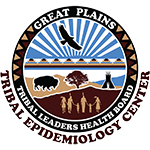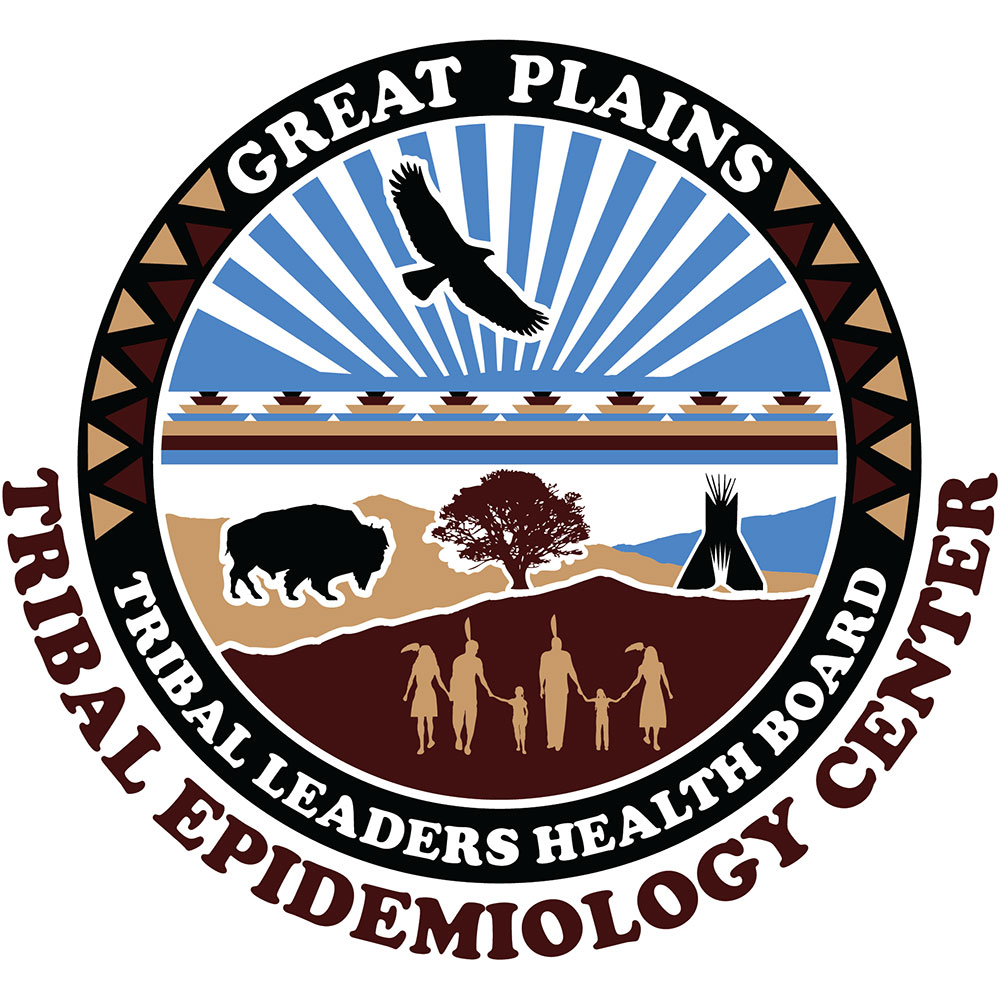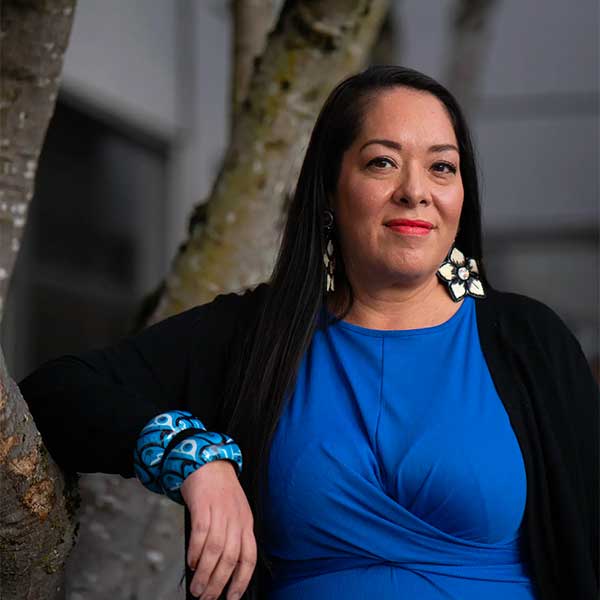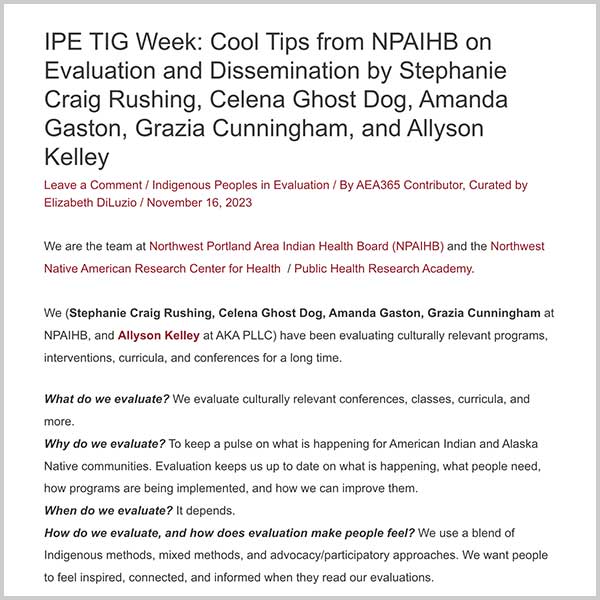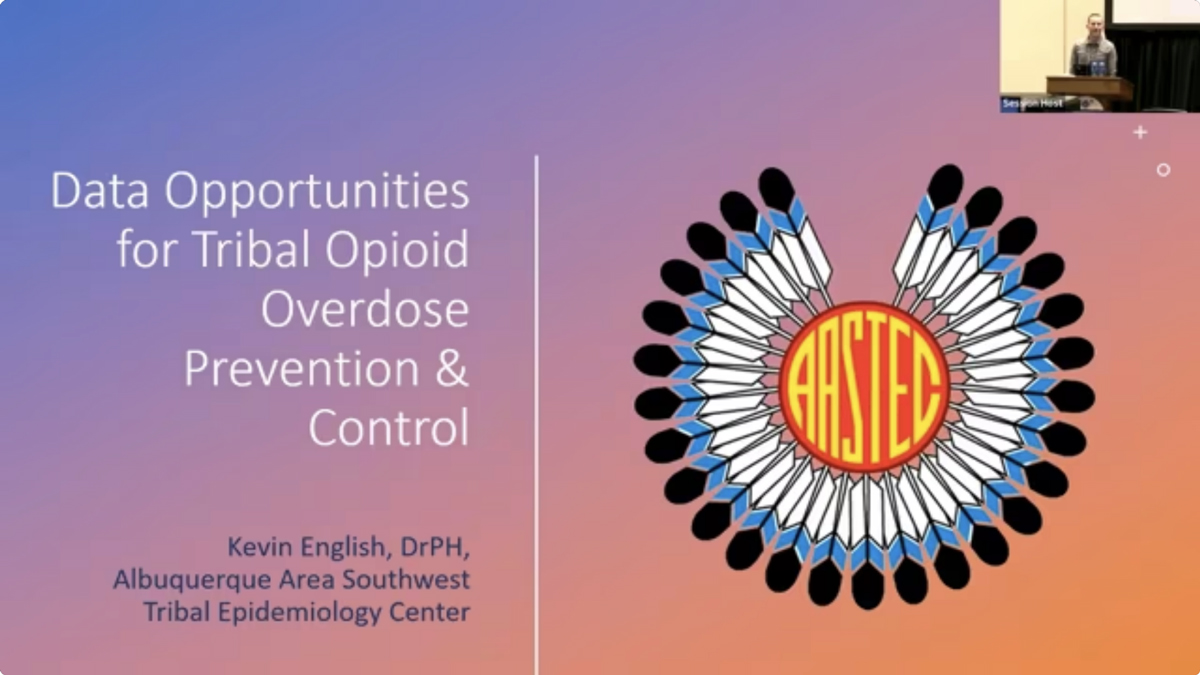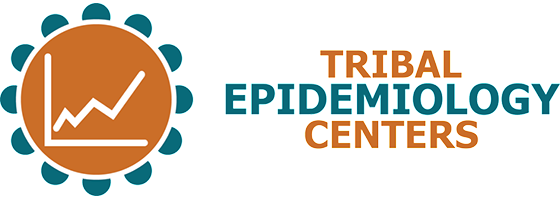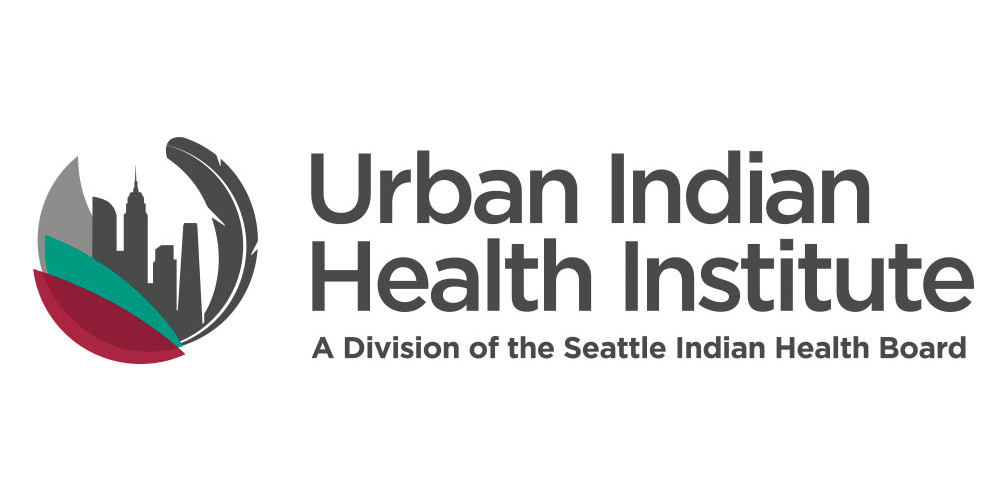
The Urban Indian Health Institute was recently able to utilize funding from the Building Resilience and Action to Nurture Community Health (BRANCH) program to support the Sweetgrass Community Grants Program (CGP). The CGP funds cohorts of subgrantees to promote public health infrastructure and capacity building in Urban Indian Organizations throughout the country. All Nations Health Center was recognized for its demonstrated commitment to advancing public health infrastructure for urban Indian populations and was selected as a 2022-2023 Sweetgrass Grant awardee.
All Nations Health Center (All Nations), an urban Indian organization in Missoula, Montana, focuses on providing comprehensive healthcare services and programming for chronic disease prevention and management to promote health and social well-being of its clients. Programming and clinical practices at All Nations draw upon Western medicine, as well as community, cultural, and familial strengths. All Nations also places a strong emphasis on Indigenous knowledge, methods, and remedies as critical components to the health and wellness of its clients.
All Nations conducted a community needs assessment to better understand the needs and health landscape of Missoula’s Indigenous community. All Nations has a rich history of conducting needs assessments to better understand and address the community’s evolving needs, though with recent organizational changes as well as the COVID-19 pandemic, eight years had passed since the last one. BRANCH funding helped support the current needs assessment, which provides valuable insights into the impact of recent organizational changes, assesses the adequacy of existing services, and guides future initiatives in alignment with the community’s dynamic requirements.
The Community Needs Assessment project was facilitated by the All Nations Cultural Epidemiologist and Research Assistant. The process also included a dedicated Community Advisory Board (CAB) whose members each played a pivotal role in decision making. While the assessment ultimately prioritized Indigenous youth ages 16-26, the process recognized and emphasized the interconnectedness between generations in the community. Key informant conversations, focus groups, voting with coffee cans, and a comprehensive survey shaped the research methodology, providing insights into community priorities and challenges. The survey, comprising 106 items, was distributed electronically and on paper, yielding 216 responses. The Sweetgrass Community Grant, made available through BRANCH, funded essential components, including support for CAB meetings, CAB member honoraria, and incentives for focus group and survey participants. Each of these financial supports helped reinforce involvement and investment in the success of the needs assessment.
The highest goal of the assessment was to offer important, realistic, and actionable recommendations for All Nations to implement that follow the aim to build upon existing strengths and address identified gaps, fostering a community-centric approach to well-being.
The project resulted in a report which outlines four important and realistic recommendations to achieve lasting impact on supporting the community’s health needs. All Nations gathered information about existing services, preferred communication channels, interest in potential services, and barriers to attending activities. This information was collected from key informant conversations, focus groups, survey responses, and conversation among the CAB.
Key findings highlighted the prevalent unmet basic needs, with 70% of participants reporting challenges meeting their basic needs over the last 12 months. Survey participants showcased a strong engagement with and high interest in existing services provided by All Nations, with medical care, harvesting/picking, Traditional Ecological Knowledge, Wellness Wednesdays in summer, dental services, and vaccines being most popular. Participants also indicated high interest in several potential services including fitness activities and Native dancing classes, among others. Addressing barriers to service utilization, participants stressed the importance of advanced event awareness and clarity about activity expectations.
After considering this information, All Nations developed nine draft recommendations and the CAB met several times to finalize the recommendations. Considerations made in determining the final recommendations included community priority as identified from the survey, feasibility, All Nations capacity, and alignment with All Nations core values, vision, and mission. The recommendations are listed below:
- A. “101” Media Series: Introduce a media series aiming to increase community awareness and understanding of available services, fostering inclusivity and trust.
- B. Nations Calendar: Implement a digital calendar on the All Nations website, detailing events one month in advance. Weekly communications via various channels, including email, text, and social media, will keep the community informed about upcoming events, addressing the identified need for improved outreach.
- C. Social Services Companionship: Leverage the Community Health Workers program to provide social services companionship. This initiative focuses on guiding community members through resources access processes, improving navigation of services, and ensuring a supportive environment.
- D. Multi-purpose Space in New Building: Design and incorporate a versatile multi-purpose space in the new building. This space should accommodate a range of activities, meeting the community’s interests in fitness and cultural classes, among other activities. Features like collapsible walls, storage, and technology should be considered for optimal functionality.
These initiatives aim to improve community awareness and knowledge about existing programming, addressing concerns about expectations at events. Additionally, the social services companionship recommendation leverages the existing Community Health Workers program to provide support and navigation for community members facing difficulties meeting basic needs. The recommendation for a multi-purpose space in the new building aligns with community interests, offering versatile amenities to cater to activities like physical fitness activities and cultural classes. These recommendations collectively address immediate challenges identified through the assessment, providing a strategic framework for All Nations to enhance its services and foster community health and well-being.
This needs assessment showcased the effectiveness of a strong community engagement model. In summary, its findings and recommendations celebrate the community’s engagement with existing services, reveal untapped potential, and provide a comprehensive understanding of preferences and needs.


